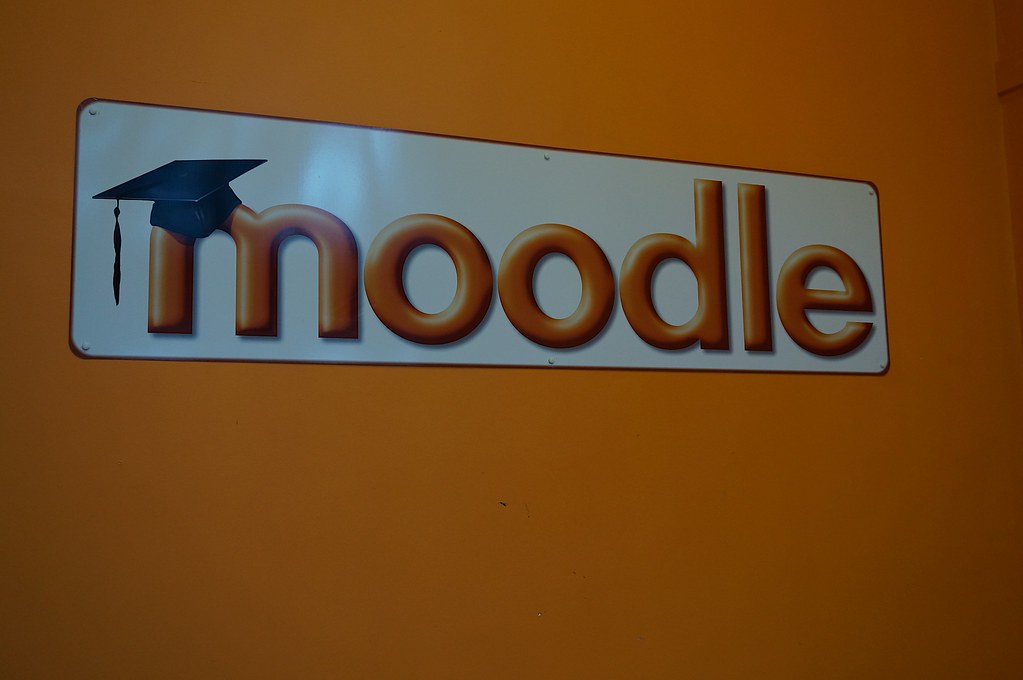*Blockquote for future use in Lit Review*
Weller, M. (2018). Twenty Years of Edtech. EDUCAUSE Review, 53(4). Retrieved from https://er.educause.edu/articles/2018/7/twenty-years-of-edtech
This article provides a summary of main innovations in Educational Technology (EdTech) starting from Wikipedia in the 1990’s to Blockchains in 2017. The list can be thought of as potential tools for educators looking for to support online / blended classrooms, or to incorporate technology into traditional classrooms in meaningful ways. For instance, Open Education Resources (OER) or Web 2.0 would be a means to provide students with curricular material instead of print-based items which are easily forgotten or damaged. What’s interesting to note are the more recent (within last 5 years) technology such as learning analytics (collection of student data to supplement learning or intervention), digital badges (which students can accrue as evidence of informal learning), and artificial intelligence (potential tutoring system). An important caveat to the innovations in the article is that their full adoption and integration into education is still a work in progress. In addition, their usefulness in the classroom is also open to debate.
What? What happened? What did you learn? What did you do? What did you expect? What was different? What was your reaction?
- The article lists advances in technology over the last two decades which have the potential to be used for educational purposes. It was interesting to read through some of them and learn about newer ones like AI and Blockchain.
- RSS: aware of its existence, but never tried to utilize it. Seems to be another well-intentioned, poorly executed idea that died off before it took off.
- Blogs: seems to be the most popular option for post-secondary assessment or reading. It’s understandable as they tend to be more readable (less jargon or use excessive academic language), engaging (use of graphics or other media), or relate-able (use of humor, sarcasm, case-studies, etc).
- LMS: utilized of platforms such as Blackboard, Canvas, and EBUS as a leaner. Yet never realized how much work is involved in the creation and operation of the LMS. For example, creating content such as quizzes, tests, rubrics, or lessons, as well as ensuring file cater to software (.pages or .word) or hardware (PC or Mac). I agree with how LMS have become the industry standard of well-executed distance learning format. a properly constructed, user-friendly system can make or break a course. Alternatives such as emailing assignments or reading instructions off a blog feels clunky, and has too many separate pieces which requires users to search high and low for information or documents.

“The Moodle sign” by 4nitsirk is licensed under CC BY-SA 2.0 - Twitter & Social Media: while it seems to be more “open” in terms of accessibility and interactivity, much of it is still a toxic cesspool which demotivates individuals from participating (constructively).

“Never argue with an idiot. -George Carlin” by deeplifequotes is licensed under CC BY-NC-SA 2.0
So What? Why does it matter? What are the consequences and meanings of your experiences? How do your experiences link to your academic, professional and/or personal development?
- The summary of currently available tools and helps me identify which pieces are present or absent in my current practice. Since I use the LMS of Moodle to teach blended /online classrooms, it comes equipped with open textbook, digital badges, and learning analytic tools that were mentioned in the reading. To improve my practice, I should try to learn and experiment with these tools as mentioned in the readings. First and foremost would be paying more attention to the learning analytical tools, such as tracking students’ time spent on the course; where are they spending the most time and what is it about those tasks that require so much of their attention and reflection.

“Head Experiment” by Kollage Kid is licensed under CC BY-NC-SA 2.0
Now What? What are you going to do as a result of your experiences? What will you do differently? How will you apply what you have learned?
- The take-away from this article is to re-examine my classes to see what aspects I can include or exclude. This is especially true of tools that I’ve avoided (ie. synchronous online meetings?) as I didn’t quite understand what how they are useful for student learning.